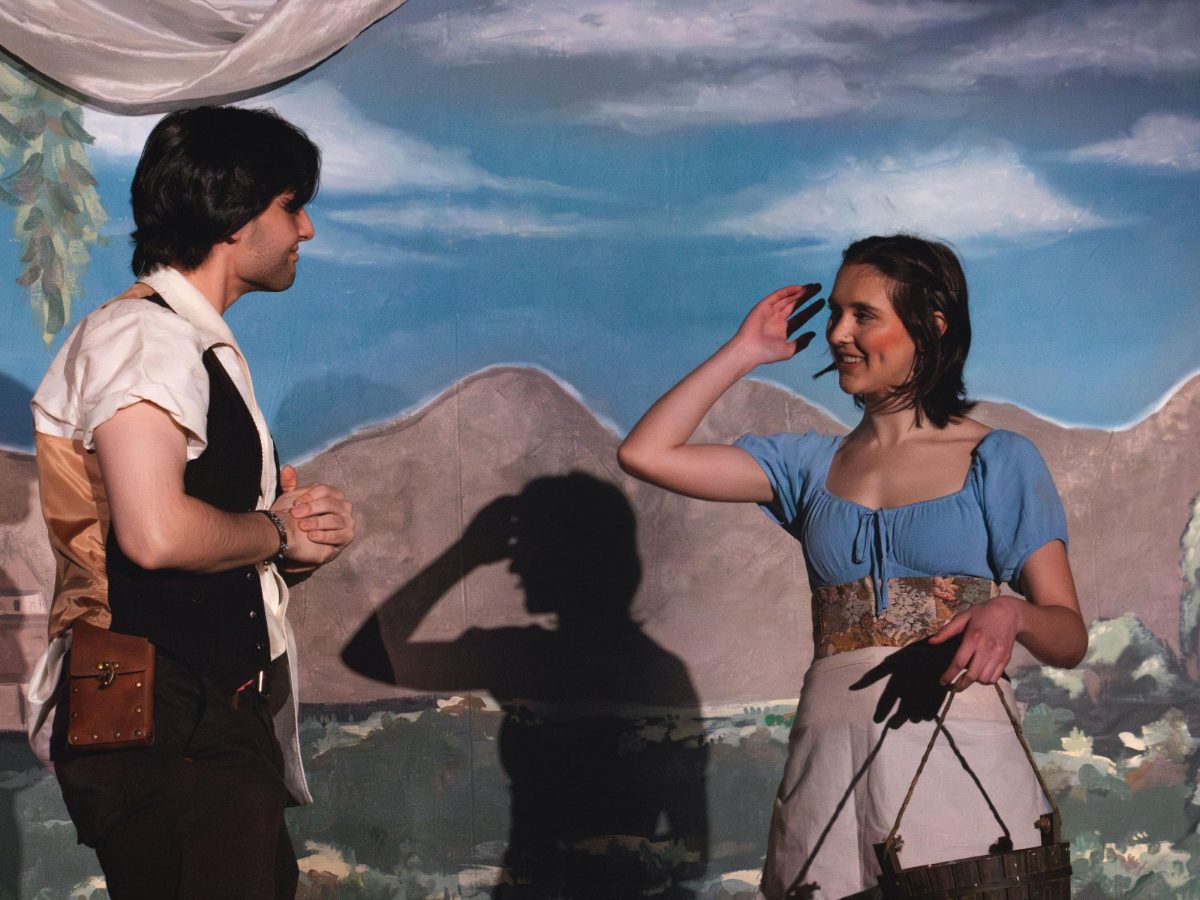As a lifelong west coaster, Kyle Trefny grew up around wildfire. He remembers how summer smoke would consume San Francisco’s bay and filter into his high school, where fellow students coughed incessantly. As Trefny watched friends and relatives evacuate under the threat of losing their homes, he grasped how severely wildfires impacted people’s lives.
Now 20 years old and a junior at the University of Oregon, Trefny not only remains intimately fused to wildfire but is actively working to transform how fire management operates on a national scale.
Over the past few months, Trefny has collaborated with a diverse group of young, fire-focused leaders to develop, build power around and present a vision to the United States Forest Service (USFS), the Department of Interior (DOI) and other government officials. It’s called the FireGeneration Collaborative, or FireGen for short, and their ask is simple: to provide young people, particularly those from Indigenous and other marginalized communities, with the space to influence wildfire policy-making.
“We can tangibly feel the crisis we’re facing,” says Trefny. “We’re not comfortable just letting go and waiting for our turn to come to power through the traditional system — we need solutions now.”
As of 2021, 72% of wildland firefighters are white and less than 16% of wildland firefighters are women, according to a recent U.S. Government Accountability Office report. While data on queerness in the fire workforce is not available, Trefny says that as a queer firefighter, he has experienced related challenges firsthand. In addition to firefighting being a homogenous profession, young people already have and will continue to be more exposed to the effects of climate change than older generations.
These factors motivated Trefny’s involvement in the campaign for equitable representation in wildfire policy-making, as did his experiences on the frontlines. In the summer of 2021, Trefny began firefighting with an Oregon-based wildland fire and forest restoration company after witnessing one of the worst fire seasons in American history a year earlier. In 2020, wildfires burned over 17,000 structures in the U.S., more than tripling the annual average, according to a National Interagency Coordination Center report. Yale Climate Connections estimates that the fires directly killed 43 people, and due to smoke impacts, they are estimated to have indirectly killed thousands more.
In the aftermath of 2020, Trefny says the growing risks of firefighting jobs and outdated federal labor policies set up the perfect storm: a severely understaffed fire workforce in the face of another intense season. As the Bootleg and Dixie fires ignited in Southern Oregon and Northern California, Trefny says federal agencies devoted almost all their labor force to the West Coast. But Trefny and his crew weren’t just needed on the West Coast. After extinguishing a fire in Eastern Oregon, they traveled to Montana where they remained for nearly 50 days. During that time, they realized they weren’t receiving the support they needed to safely work on the blaze.
“We didn’t have many people in Montana,” Trefny says, “and there weren’t enough eyes on the fire.”
Short-handed and under-equipped, the firefighters found themselves in a hazardous position as weather conditions worsened and the originally small fire exploded in size. Rather than creeping across the ground, the flames jumped from treetop to treetop, forcing Trefny and his crew to take refuge in an already burned patch of trees.
Trefny says this was a systemic safety failure.
“You’re supposed to know well in advance when a crown fire is coming towards you, because that’s the most dangerous form of fire,” he says. “Instead, we had to just stay on the hill as it passed around us.”
Thankfully, Trefny and his crew emerged unscathed, but the experience stuck with him because it was a concrete example of how the Forest Service’s policies endangered lives on the ground. The Forest Service compounded this danger with other measures that limited controlled burns and managed wildfires, which would improve the health and safety of both communities and landscapes.
In May 2022, about a year later, Trefny attended the International Fire and Climate Conference in Pasadena, California. Surrounded by researchers and fire scientists, Trefny listened as Randy Moore, chief of the USFS, gave a speech about the importance of reintroducing fire to American landscapes, despite his contrasting policies.
Trefny was the first to raise his hand in the crowded room once Moore finished. With Montana in mind, Trefny asked Moore, “In regards to accumulation of risk onto today’s young people and young firefighters, how can us young people work together with you to shape policies that include our disproportionately-impacted voices?”
To Trefny’s surprise, Moore noted that the USFS has policy collaboratives around the country and could envision a policy collaborative with younger generations. “Email me,” said Moore.
In that moment, the vision for a young collective shaping fire policy began, and has been rapidly gaining momentum since. Trefny knew he wasn’t best suited to represent diverse young generations, and that this opportunity called for the assembling of a powerful team. Trefny turned to Dr. Timothy Ingalsbee to advise the effort.
Ingalsbee is a professor in the Department of Sociology at the UO, a former wildland firefighter and the founder of a nonprofit organization called Firefighters United for Safety, Ethics & Ecology (FUSEE). Trefny connected with Ingalsbee during his freshman year at the UO and worked with the organization for two years. Ingalsbee has escorted firefighters to D.C. several times in the past and has experience navigating those spaces of power.
Along with advising, Ingalsbee also helped Trefny build his team. At a graduation party, Ingalsbee spread the word about the opportunity to Ryan Reed, a now-graduated UO student, Indigenous fire practitioner, wildland firefighter and member of the Hupa Tribe in Northern California. Reed was immediately intrigued by the idea, and with his commitment, FireGen launched at the end of summer 2022.
“I always grew up with folks who didn’t understand certain concepts of what it is to be Indigenous or what the environment meant to Indigenous peoples,” Reed says. FireGen’s purpose aligned with Reed’s personal missions.
Trefny met the remaining two members of FireGen, Alyssa Worsham and Bradley Massey, at the John Freemuth Student Congress in Boise, Idaho in October 2022. Worsham graduated from the University of California, Los Angeles, with a bachelor’s degree in environmental science, and is currently pursuing her master’s in environmental management at Western Colorado University. Unlike the others, Worsham is more research-oriented, currently examining prescribed fire use in designated wilderness areas.
Massey is a forestry student at Alabama A&M University and is the co-captain of the university’s wildland fire crew called the FireDawgs. Alabama A&M is the only Historically Black College or University (HBCU) with an accredited forestry program, and Massey’s presence ensures that the Southeast, a region where fire management is typically overshadowed by the West Coast, is incorporated into the group’s focus. Once together, the “D.C. Coalition” still had much to prepare before they traveled to the East Coast. They needed to research all the officials they were scheduled to meet with, determine the structure of FireGen and figure out what narratives would guide a successful pitch.
Leaning into their organizing abilities, the team launched the FireGen Challenge: a three-week think tank intended to answer lingering questions around FireGen and provide the D.C. coalition with tangibles, like an informational booklet and presentation, to support their pitch. Made up of the UO’s Student Fire Alliance and other fire-focused advocates, the challenge succeeded in defining FireGen and, through rigorous petitioning, amassed a body of support totaling over 2,000 people in more than two dozen states across the U.S.
Right after the challenge, the group hurried to Washington D.C. for their first meeting with Moore and John Crockett, the associate deputy chief for state and private forestry, on Nov. 15, 2022.
The evening before, Trefny found himself unable to sleep, as months of work reached its culmination point.
En route to the Forest Service headquarters the following morning, Trefny soothed his nerves with a little bit of Taylor Swift. Soon enough, they were walking past Gifford Pinchot’s original desk and into the meeting room with Moore. Then FireGen began its most crucial pitch.
During the meeting, Massey says Moore and Crockett broadly stressed the importance of implementing diversity in their workforce and in their workplace. According to Trefny, Moore and Crockett also acknowledged that young people are really missing in the decision space and pledged that the D.C. coalition can continue collaborating with the Washington headquarters on meaningful representation for young people in wildfire policy-making. The group proceeded to build relationships with senators, members of the DOI, and other government officials. Everywhere they went, those in power wanted to listen, an experience that was very impactful for Reed in particular.
“Not very many people, especially in my community, have the opportunity to speak with senators or any folks of high leadership in the political realm,” Reed says. “So just being in that atmosphere was surreal.”
However, before this whole ordeal began, Reed knew that centering Indigenous perspectives in wildfire policy wouldn’t be an easy task, given the history of Indigenous burning and oppression in the United States.
“The only folks who have ever lived with fire cohesively and in an organized structure are Indigenous,” Reed says. “Since contact, fire has been eradicated. It’s been violently prohibited and separated from nature. It was viewed as a very savage, very primitive way of operation.”
The systematic oppression of fire has been incredibly damaging to Indigenous peoples because fire is often an essential cultural practice. Fire not only teaches ecosystem management, which Indigenous peoples rely on for sustainability and sustenance, but also informs Indigenous identities.
”When we sever this cultural practice of putting fire back in the landscape, then essentially, our culture is dying,” Reed says.
Along with preserving and uplifting Indigenous culture, FireGen is seeking to disrupt hegemonic narratives about wildfire. Ever since its conception in 1905, the USFS has distorted the way mainstream society thinks about fire. Through advertising campaigns like Smokey Bear, the USFS has consistently painted fire as a destructive force that must be suppressed at all costs, which enables the agency to paint burned landscapes as lifeless and justify profit-generating activities like post-fire salvage logging. Recognizing the colonialism, patriarchy, militarism and exploitative capitalism embedded in the fire suppression complex, FireGen wants to instigate ideological change, trailblazing the way to a future where society can coexist with fire.
“We need to reframe our mindset to show that fire is not the problem and recognize that we can use fire to our advantage and make both our communities and ecosystems safer,” Worsham says. Since young people and other marginalized groups don’t shy away from confronting the status quo, Trefny says, it’s critical these voices are represented in decision making to initiate this restructuring.
By working to change our collective understanding of fire, FireGen is also engaging with the various equity issues in the fire world. One of the reasons that Trefny was initially drawn to wildfire was because of this intersectionality: wildfire acts as a window into many forms of structural injustice.
In order to think critically about the modern moment FireGen is addressing, along with these ongoing, structural struggles, Trefny credits Dr. Catalina de Onís, a professor in the Clark Honors College that specializes in environmental justice and Latine/x studies. Like Ingalsbee, De Onís was an important mentor for Trefny. FireGen broadly unites structural injustice in the fire world under one goal of intergenerational justice. It centers around the idea that present generations have a responsibility to protect the livelihoods of future generations while mitigating disproportionate impacts, Trefny says. Where De Onís really influenced Trefny, though, is recognizing that intergenerational justice also means learning from past social movements — that all contemporary justice struggles are rooted in a long history of grassroots activism.
“I think when you’re a new organization, especially for me as a white person in this space, it’s important not to enter these spaces thinking I have the answers,” says Trefny. “We all need to recognize we have a lot to learn from.””
With their trip to the East Coast months in the past, the D.C. coalition is now figuring out how to bring FireGen to fruition. Trefny says their first step is listening. The D.C. coalition recently got into contact with Wonder Labs, a social enterprise located in San Jose, California, that provides funding through the Living with Fire Design Challenge for student-led fire resilience projects. The D.C. coalition successfully applied for a $20,000 grant and is planning on conducting a research and listening project to determine barriers, opportunities and needs for fire resilience and restoration across communities of young people. This decision, to do extensive information gathering before pursuing action, will help FireGen in two ways.
First, it will allow a wider variety of young people to voice the challenges they face, how they want to be involved in the fire world and how communities should respond to the climate crisis, says Trefny. The results will provide FireGen with a breadth of potential solutions and policy initiatives before the collaborative formally begins. Second, ”by doing all this listening and forming community connections, we’re building a network that can then be leveraged to both fill and provide power behind the spaces of access FireGen seeks,” Trefny says.
Even though the D.C. coalition is months away from completing their project with Wonder Labs, he remains confident about their endeavors, in part because of the support from other similar organizations. Through connections with leaders in youth climate organizations like the Sunrise Movement, the D.C. coalition will incorporate the experience of other mass organizers to develop FireGen, Trefny says. Ultimately, Trefny recognizes that establishing FireGen will be a slow process, but he believes that FireGen can be part of uniting labor, social justice and environmental movements, all under the banner of fire.
“I know that young people are bold, and we’re going to help hold those spaces accountable to our best long-term interest and speak for all sorts of people who can’t be in those meetings,” Trefny says. “Our generation has shown we can do that when we’re able to have some power, so I’m really excited for what that would mean.”
From left to right, Ryan Reed, Alyssa Worsham, Kyle Trefny and Bradley Massey gather in the lobby of the Forest Service D.C. office before meeting with agency leadership. Photo by Daniel Chamberlain.


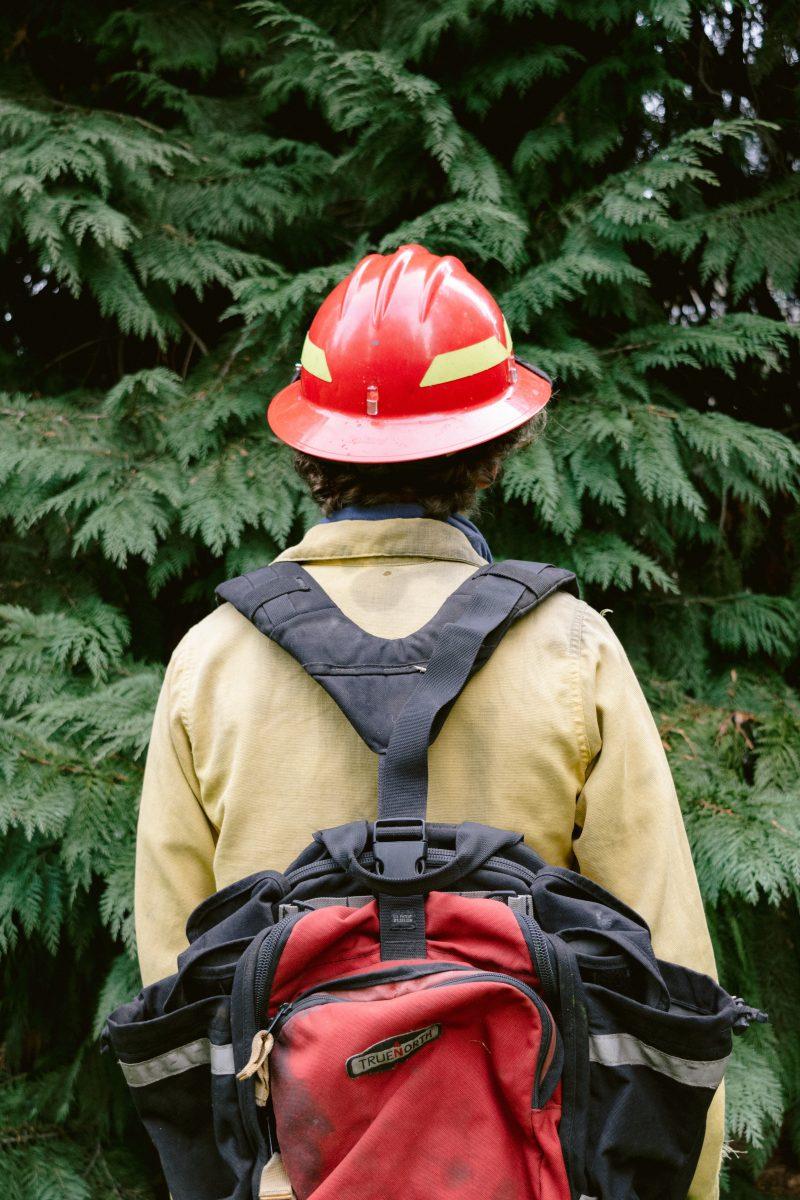
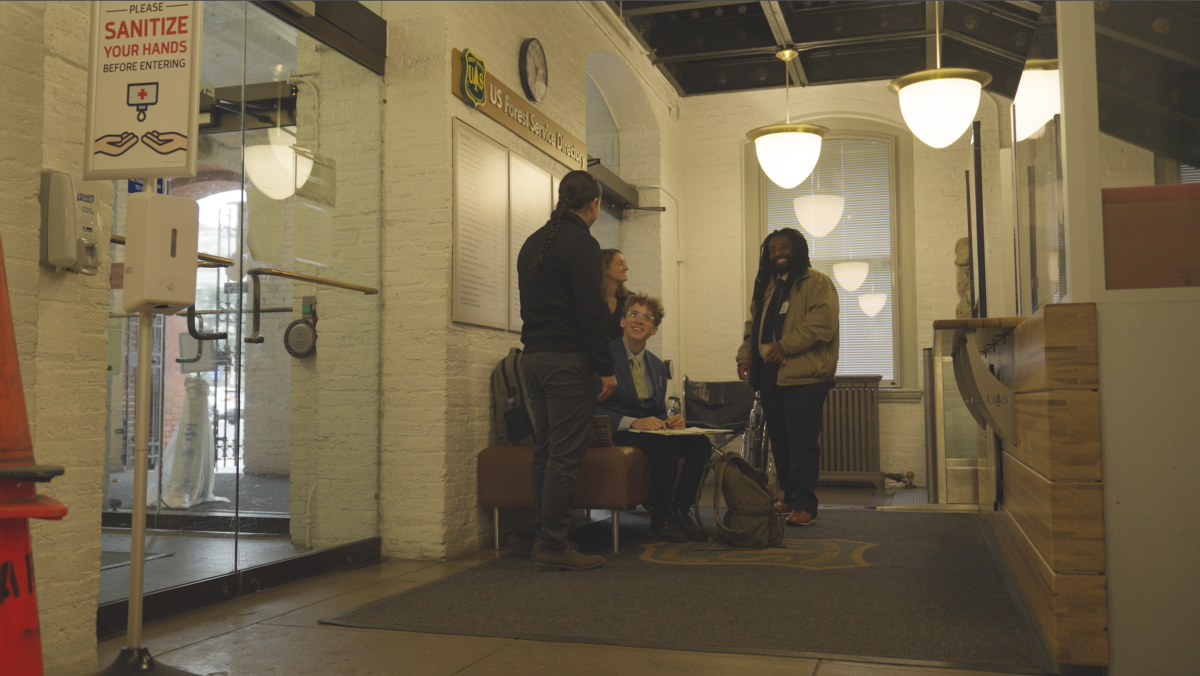
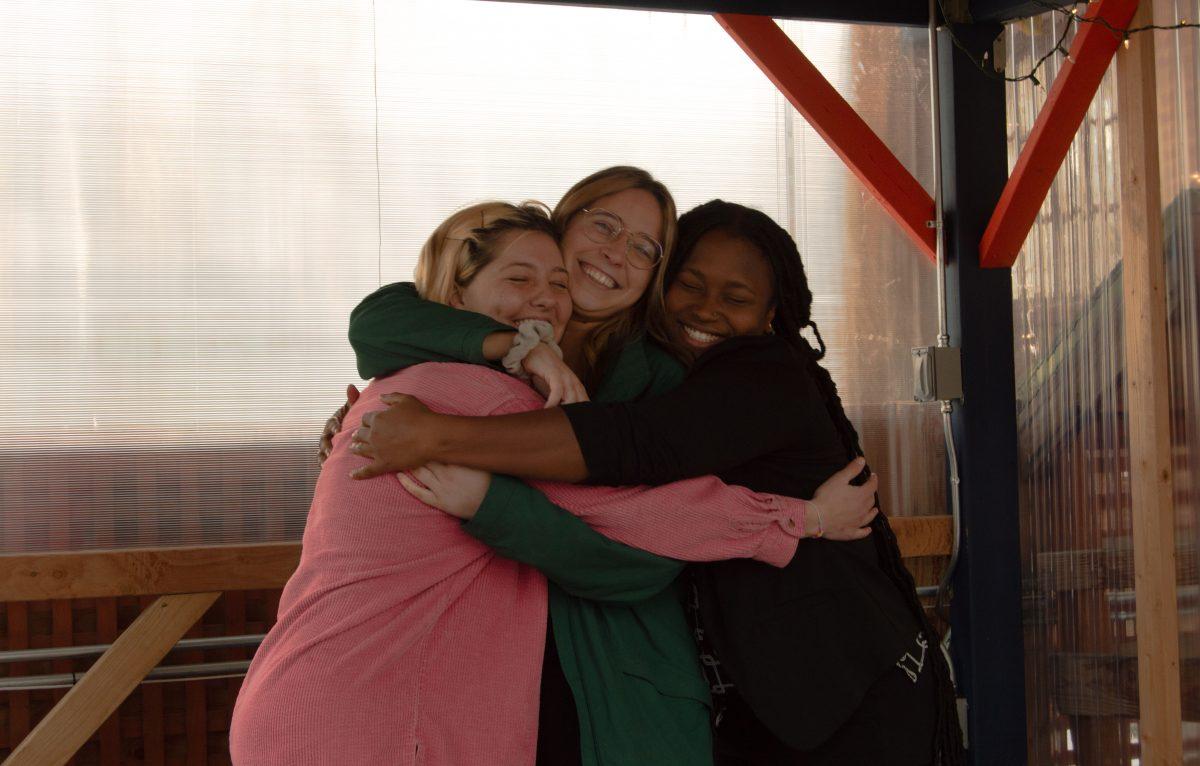
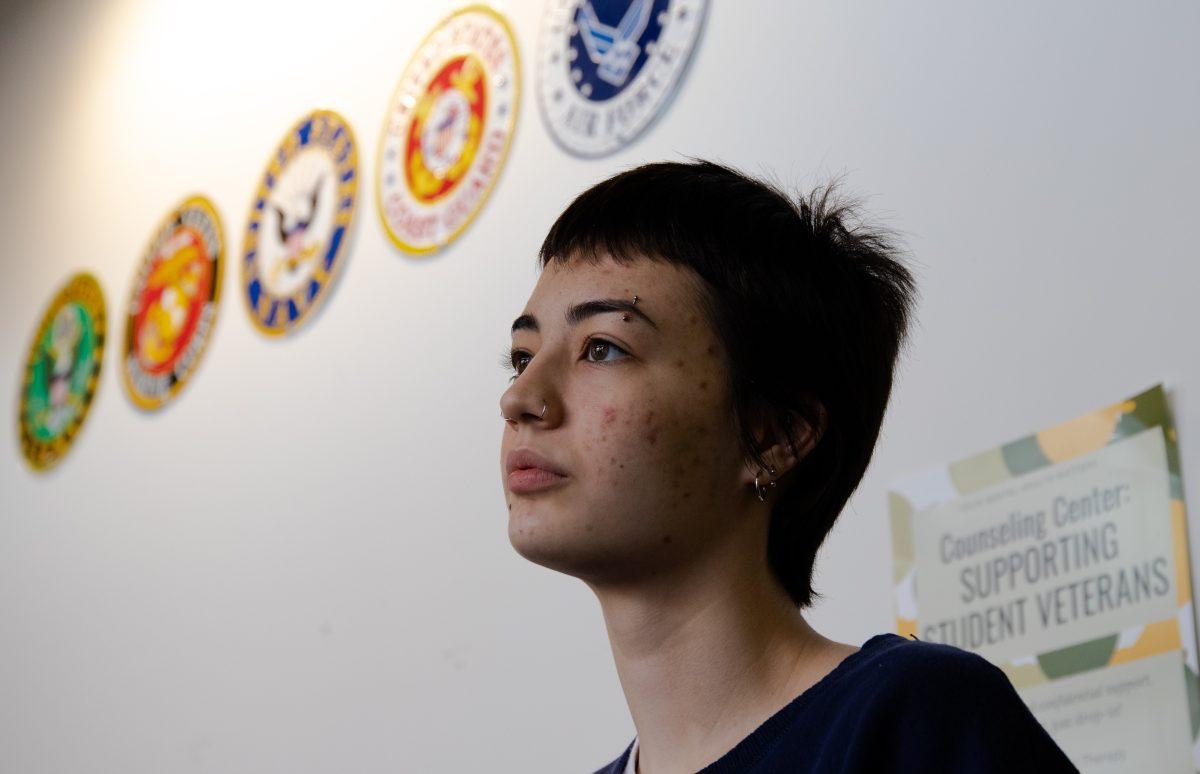
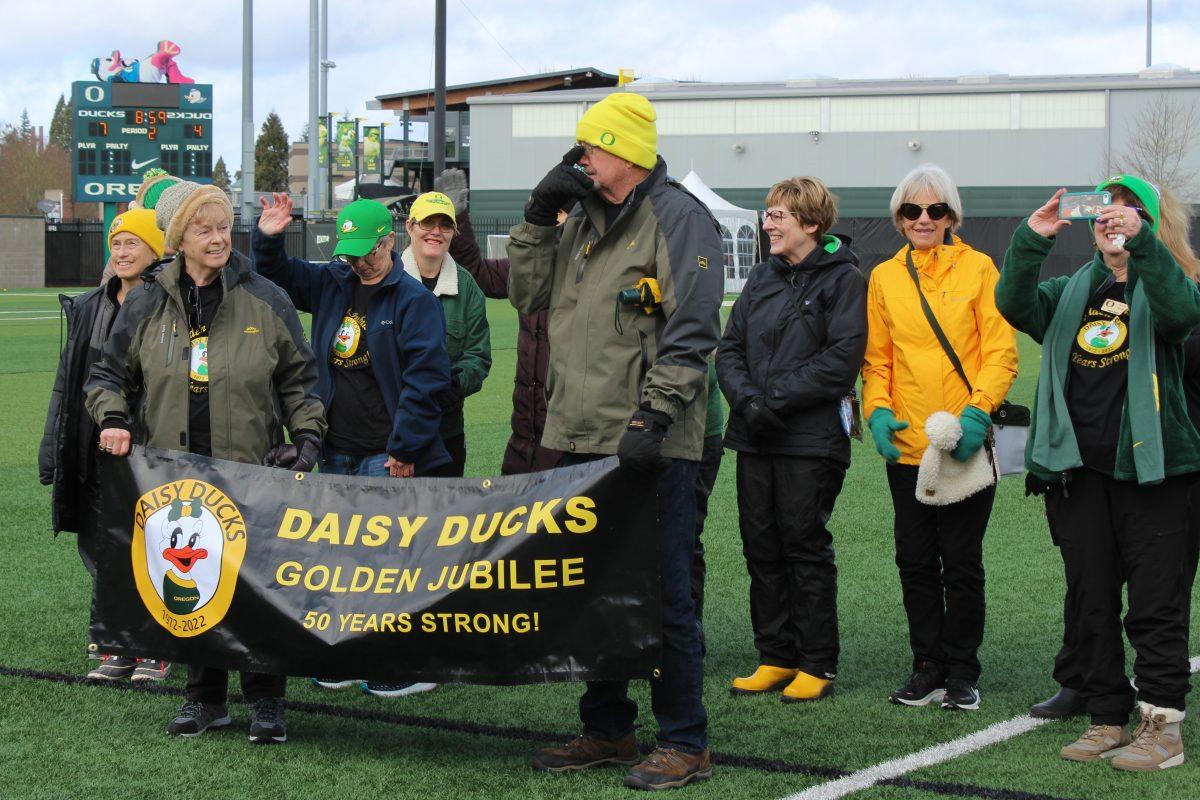


![[Photo Courtesy of the Lara Family]
Ruben embraces his beloved childhood goat, Katrina.](https://ethos.dailyemerald.com/wp-content/uploads/2025/05/katrina-1-1060x1200.jpg)



